The Gorilla is an omnivorous mammal that is scientifically named Gorilla beringei beringei. The gorillas live as a troop. Most Gorillas live in forests, and about a thousand mountain gorillas exist worldwide. The average life span of a wild gorilla would be thirty-five years old. A well-grown gorilla would appear four feet tall and weigh 300 to 485 pounds. The Gorilla is a giant ape that originated from Africa and the native to all Gorillas in Africa.
Habitat
The forests are the most common habitat of Gorillas. The population of Gorillas is distributed in the tropical forests of the Central African Republic, Cong, Cameroon, Gabon and Equatorial Guinea. The mountain gorilla seeks high-altitude areas for habitation. The tropical forests of Rwanda and Uganda are the most suitable inhabits for mountain gorillas. There are different characteristics and various temperatures needed for the possession of Gorillas.
Diet
A Gorilla’s diet usually includes vegetation like fruits, roots, shoots, tree pulp, tree bark and celery. Instead of this vegetation, they also prefer to eat small insects and animals,thef=refore the Gorilla is considered an omnivorous animal. A male gorilla can eat 18 kilograms of vegetation per day. According to the gorilla type, the percentage that they consume vegetation and insects differs as follows.
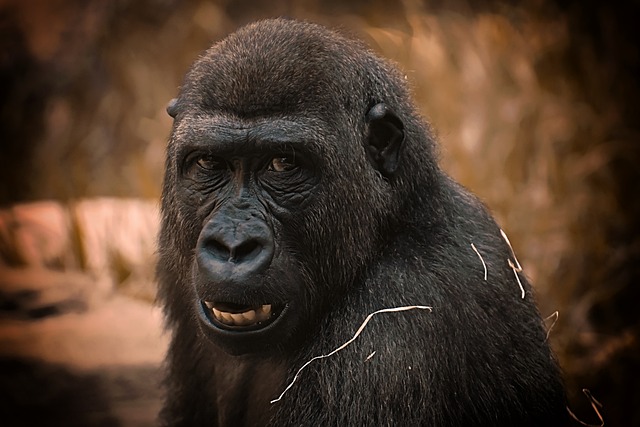
Mountain Gorilla
- 86 per cent-tree shoots, leaves and stems
- 7 percent-roots
- 3 per cent-flowers
- 2 per cent-fruits, snails, grubs and ants
Lowland Gorilla
- 67 per cent-fruit
- 17 per cent of tree seeds, stems and leaves
- 3 per cent caterpillars and termites.
Offspring
Female gorillas are capable of giving birth to one infant at a time. Likewise, the humans, the gorilla mother, also keeps the baby inside her for nine months. A gorilla infant weighs 1.8 kilograms at birth time. Infants get young; they mature when they age seven to ten. The offspring of a gorilla starts between the ages of seven to ten. The transportation of the infant gorillas from four months to 2,3 years is their mother’s back. When the young Gorilla matures and reaches its offspring, it will leave the mother to find a mate. The average life span of a wild gorilla is 35 years, and the captivated gorillas in the zoo will have 50 years of life span.
Types of Gorillas
- Mountain Gorilla (Gorilla beringei beringei)
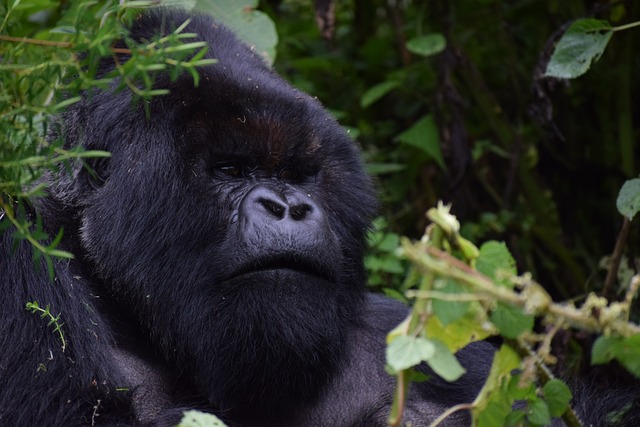
The Mountain Gorilla lives in mountain areas that are 8000 to 13 000 feet above the land. The Republic of Congo, Uganda and Rwanda are the habitats of the Mountain Gorilla. The Virunga mountains are the residences of the Mountain Gorilla. Since Mountain Gorilla lives in mountain areas, they have thick and abundant furs to keep them warm in cold temperatures. A Mountain Gorilla will weigh up to 440 pounds and grow to a height between 4 to 5 ½ feet. The lives of Mountain gorillas are more threatened and dangered due to climatic changes and human activities. Humans destroy their habitats with various constructions.
- Cross River Gorilla (Gorilla gorilla diehli)
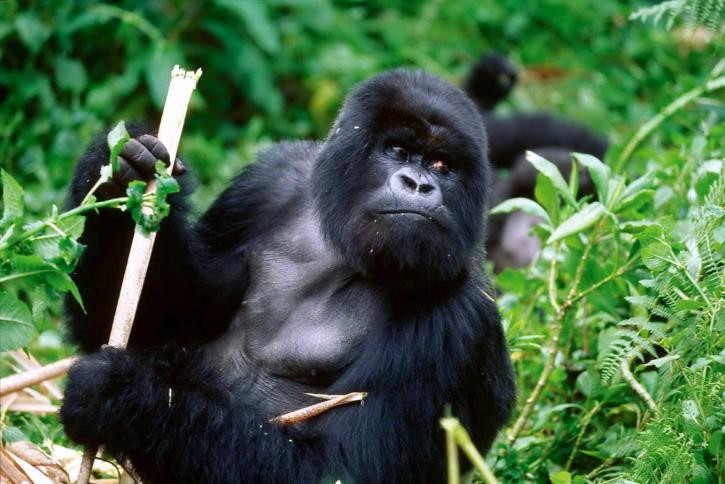
The forests and the rain forests of Nigeria and Cameroon are the habitations of the Cross River Gorillas. Humans surround the Cross River Gorilla habitat due to human activities like agriculture, livestock and clearing of forests for timber and other creations that have endangered the lives of Cross River Gorillas. The natural causes of poaching also affected the lives of Cross River Gorillas. A well-grown Cross River Gorilla weigh 440 pounds and grow up to a height of 4 to 5 ½ feet, similar to the size of a Mountain Gorilla
- Western Lowland Gorilla (Gorila gorilla gorilla)
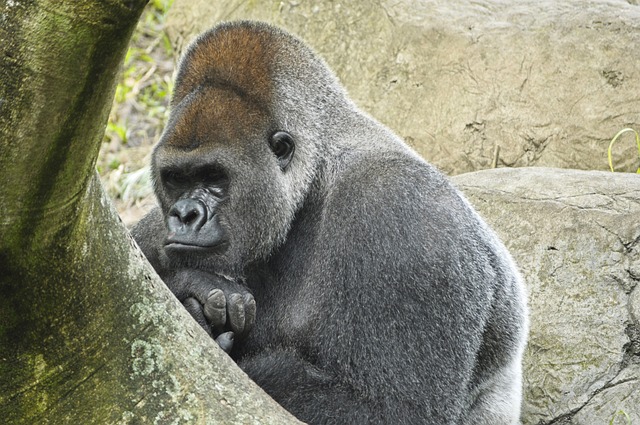
The Western Lowland Gorilla is distributed in Cameroon and the Republic of Congo. They are distributed in the forests of Africa as well. The Western Lowland Gorilla love to habit near swamps. Compared to other Gorillas, the Western Lowland Gorilla is more petite in appearance but has the same weight and height as the Cross river gorilla and mountain gorilla. The Western Lowland Gorilla has a broader skull, smaller ears, an auburn chest and a brown-grey coat. The lives of Western Lowland Gorillas are threatened due to poaching, and they are announced as critically endangered species.
- Eastern Lowland Gorilla (Gorilla beringei graueri)
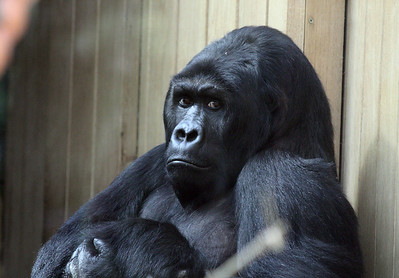
The Eastern Lowland Gorilla has large hands, a short muzzle and a stocky body. The Eastern Lowland Gorilla is the largest of the four subspecies of Gorillas. They also weigh the same as the other subspecies, and their size is also the same. The population of Eastern Lowland Gorillas has decreased over the last fifty years. The habitation of the Eastern Lowland Gorilla is the forests in the Democratic Republic of Congo. The Eastern Lowland Gorilla is also enlisted as an endangered species.
Facts and Importance of Gorillas
Gorilla is the clostest cousin of humens after the bonbons and chimpanzees.The intelligence and some characteristics are more relative to humans. As humans, gorillas also can make behaviours and act with emotions.
Gorilla is a crucial element in forests. The whole life of a gorilla spend among the woods, and it depends on the natural substances of tree food. The Gorilla helps to maintain biodiversity by spreading seeds and allowing the plants to grow in different ways of movement.
As gorillas depend on nature, humans also belong to the exact nature, and we, too, depend on nature. By protecting the lives of gorillas, we humans indirectly involve conserving the environment for ourselves.
Do you know?
- The gorillas are intelligent. The gorillas can understand using simple tools and they can easily learn sign language
- The Gorilla has long arms than its legs.
- Gorilla beds are called nests. There is a difference in the places that the adult and young gorillas when placing the beds. The young gorillas make their nests in trees, the old gorillas make their nests on the ground.
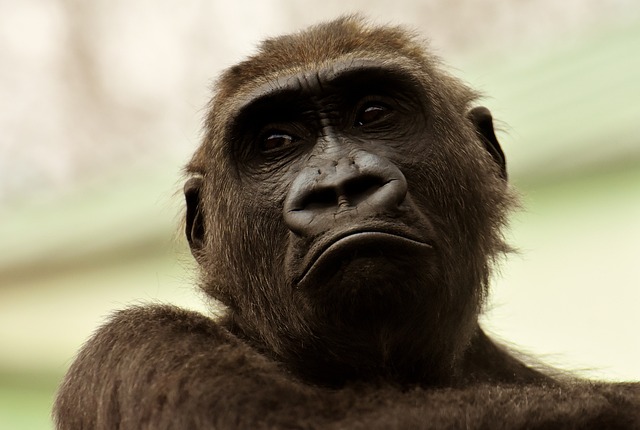
Threats to their lives
The primary and most effective fact for the lives of gorillas is the loss of habitats. Due to human activities like agriculture, urbanization and industrialization, gorillas’ habitat gets destroyed. The human commercial activities of hunting and trading endanger the Lives of Gorillas. There is a high demand for gorilla meat in urban centres, and gorillas are being hunted to provide supplies for these centres. Another life threat for the gorillas is disease. Due to the frequent contact with humans, the gorillas face different conditions and have got vulnerable. The less number reproduction of gorilla infants also caused the population to.



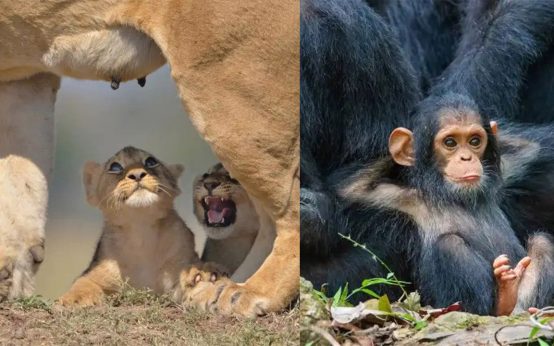 16 Greatest Animal Moms: Masters of Motherhood
16 Greatest Animal Moms: Masters of Motherhood  14 Uncommon and Remarkable Equine Varieties Demonstrating Nature’s Prowess as the Creative Artisan
14 Uncommon and Remarkable Equine Varieties Demonstrating Nature’s Prowess as the Creative Artisan  If Animals Used Tinder, This Might Be Their Profile Picture
If Animals Used Tinder, This Might Be Their Profile Picture  30+ Photos Of Dogs Before And After Being Adopted That Will Warm Your Heart
30+ Photos Of Dogs Before And After Being Adopted That Will Warm Your Heart 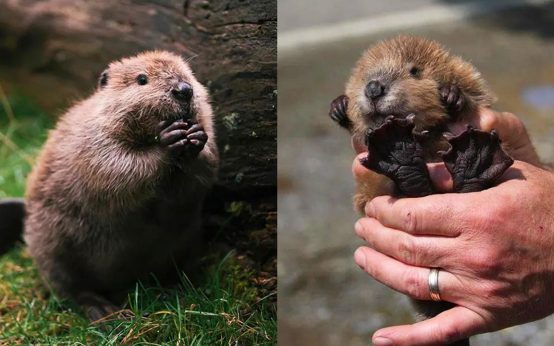 23 Adorable Baby Beavers To Celebrate World Beaver Day
23 Adorable Baby Beavers To Celebrate World Beaver Day  Thor is a Bengal cat with exquisitely beautiful fur
Thor is a Bengal cat with exquisitely beautiful fur